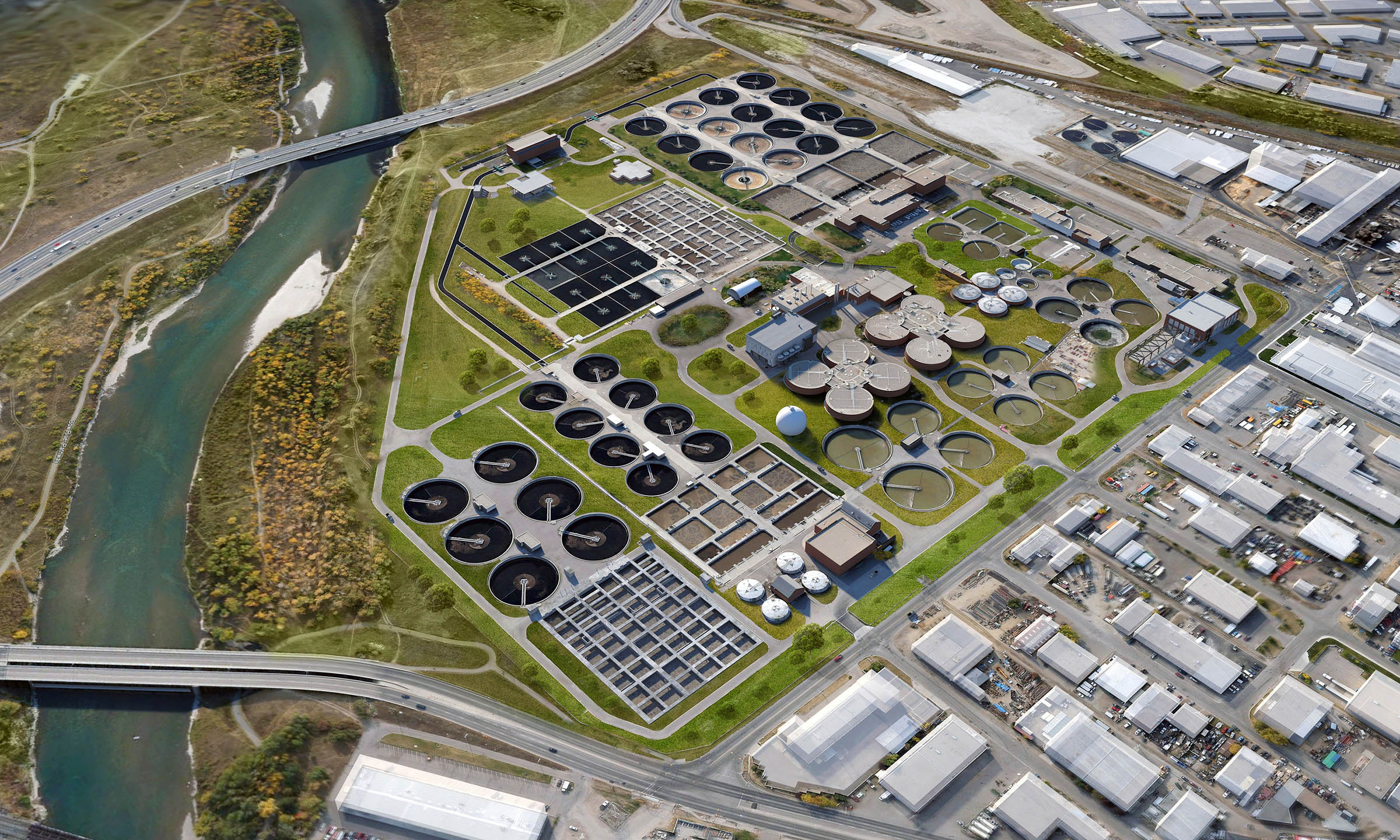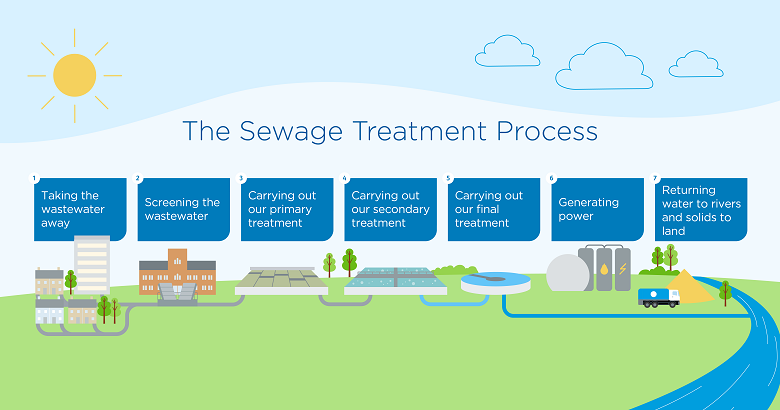Secret Difficulties in Urban Waste Water Treatment Methods
Secret Difficulties in Urban Waste Water Treatment Methods
Blog Article
Optimizing Drainage Treatment Procedures: Techniques for Improved Water Top Quality and Resource Recovery
In the realm of wastewater therapy, the pursuit for enhancing performance and sustainability through procedure optimization is an ongoing search that holds enormous value. By honing in on methods tailored to elevate water top quality while all at once taking advantage of useful resources, treatment plants can deal with pushing environmental issues while unlocking economic benefits. From sophisticated modern technologies to cutting-edge source healing approaches, the landscape of wastewater therapy is developing swiftly. As we look into the ins and outs of enhancing these procedures, a globe of opportunities emerges that promises not only cleaner water but likewise a much more sustainable future.
Importance of Refine Optimization
Maximizing waste water treatment processes through meticulous process optimization is essential for maximizing performance and guaranteeing environmental sustainability. By fine-tuning each step of the treatment procedure, from initial consumption to last discharge, water therapy centers can achieve greater degrees of pollutant removal, reduce power usage, and lessen the generation of waste byproducts. Process optimization involves assessing crucial performance signs, such as hydraulic retention times, sludge retention times, and nutrient degrees, to determine areas for enhancement and implement targeted remedies.
Effective process optimization not just boosts the overall efficiency of drainage treatment plants yet likewise adds to set you back savings and regulative compliance. By optimizing procedures, drivers can achieve greater therapy capabilities without the need for substantial framework investments. Additionally, boosted treatment performance brings about cleaner effluent discharge, lowering the environmental influence on getting water bodies and communities.

Advanced Therapy Technologies
In the world of drainage therapy, the execution of innovative therapy innovations plays a pivotal duty in enhancing the general effectiveness and effectiveness of the treatment procedures. These cutting-edge technologies provide cutting-edge remedies to address complicated pollutants existing in wastewater streams, making sure the removal of toxins to fulfill strict water high quality criteria. Advanced therapy processes such as membrane bioreactors, ozonation, advanced oxidation procedures, and turn around osmosis make it possible for the detailed removal of impurities, consisting of arising toxins like pharmaceuticals and personal treatment products.
Additionally, these innovations assist in resource recuperation by extracting important products such as phosphorus, nitrogen, and energy from the wastewater. As an example, advanced nutrient removal innovations can recoup phosphorus and nitrogen for reuse in farming fertilizers, while power healing systems like anaerobic food digestion can harness biogas for electrical power generation. By incorporating advanced treatment technologies right into wastewater treatment plants, operators can improve water quality, minimize ecological influence, and relocate in the direction of a more sustainable and resource-efficient technique to wastewater administration.
Resource Recuperation Methods
Resource healing strategies in wastewater treatment procedures play an essential function in taking full advantage of the use of beneficial sources included within wastewater streams. These techniques aim to remove and reuse products such as nutrients, energy, and water from the wastewater, turning what was when taken into consideration waste into useful resources. One common source healing strategy is the extraction of nutrients like phosphorus and nitrogen from wastewater for reuse as fertilizers or in commercial processes. In addition, energy healing Continued methods such as anaerobic food digestion and biogas manufacturing assistance harness the energy potential of raw material in wastewater to create power or heat.
Water healing techniques, such as membrane technologies and progressed purification systems, make it possible for the therapy and reuse of water for non-potable applications like watering or commercial processes. By applying resource healing methods in wastewater therapy plants, not just can valuable sources be saved and recycled, however the total sustainability and performance of the treatment procedure can be dramatically improved. As the focus on resource shortage and ecological sustainability continues to expand, the importance of incorporating resource healing methods into wastewater therapy processes comes to be significantly obvious.
Lasting Practices in Wastewater Treatment
Sustainable practices in wastewater treatment encompass an array of methods intended at reducing the environmental impact of treatment procedures while maximizing source healing. One essential aspect of lasting wastewater treatment is the implementation of energy-efficient innovations to minimize the carbon footprint of therapy plants.
In addition, the adoption of advanced therapy technologies that advertise water reuse and recycling plays a crucial function in sustainable wastewater monitoring. By treating wastewater to a high criterion, it can be repurposed for different non-potable applications, such as irrigation, commercial processes, and also potable water manufacturing in many cases. This not just saves valuable freshwater resources but additionally decreases the quantity of effluent discharged right into the environment.

Situation Researches on Effective Optimization
As wastewater treatment facilities progressively concentrate on sustainable methods, real-world case research studies showcasing effective optimization strategies function as very useful designs for sector advancement. One such instance study rotates around the application of advanced nutrient removal innovations in a metropolitan wastewater treatment plant. By incorporating biological nutrient elimination processes and maximizing functional parameters, the facility attained significant reductions in nitrogen and phosphorus levels released right into obtaining waters, inevitably boosting total water top quality.
An additional notable case study involves the integration of anaerobic digestion systems in a commercial wastewater therapy plant to improve power recovery and resource performance (Waste Water Treatment). Via the food digestion of organic waste materials, the facility not only generated biogas for power production but also reduced the volume of sludge requiring disposal. This dual benefit not just improved the plant's sustainability performance yet also resulted in expense savings
These successful optimization approaches show the potential for wastewater treatment centers to attain both ecological and financial benefits via efficient procedures and ingenious approaches. By gaining from these study, industry professionals can better enhance their own procedures to enhance water high quality and resource recuperation.
Conclusion
To conclude, maximizing waste water therapy procedures through innovative innovations, source recovery methods, and sustainable practices is important for enhancing water quality and taking full advantage of source recovery. Waste Water Treatment. Situation researches have demonstrated effective execution of optimization techniques in numerous wastewater therapy facilities. By continuing to focus on procedure optimization, we can ensure effective and efficient treatment of wastewater, eventually bring about a more sustainable and eco my site pleasant method to handling water sources
By fine-tuning each action of the therapy procedure, from initial intake to final discharge, water treatment facilities can accomplish higher levels of pollutant elimination, minimize power intake, and decrease the generation of waste by-products.In the realm of waste water treatment, the implementation of sophisticated treatment innovations plays an essential duty in enhancing the general performance and performance of the therapy procedures. By including advanced therapy innovations right into wastewater treatment plants, drivers can boost water top quality, minimize ecological effect, and move towards a more sustainable and resource-efficient strategy to wastewater monitoring.
By carrying out resource recovery techniques in wastewater therapy plants, not just can useful resources be conserved and recycled, yet the general sustainability and effectiveness of the treatment procedure can be dramatically boosted. Lasting practices in wastewater therapy incorporate a variety of techniques aimed at minimizing the environmental influence of therapy procedures while optimizing source recuperation.
Report this page